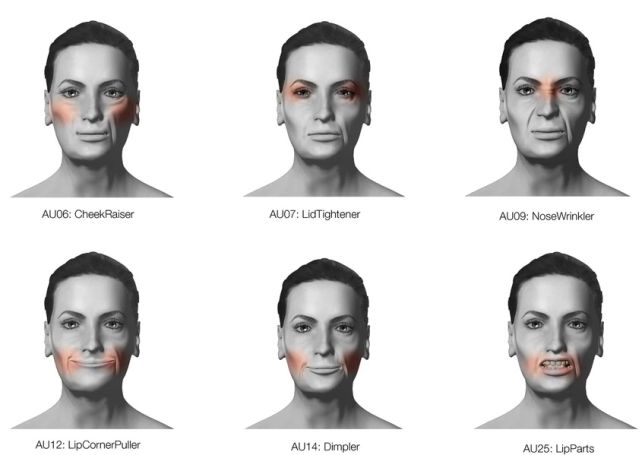A resent study from Pennsylvania State University suggests that a consistent bedtime for children leads to better emotion regulation while under stress or working with others.
Children Sleep Study
 Researchers analyzed sleep and behavior data of 143 six-year-olds, mothers of whom were trained about responsive parenting in the first 2.5 years following birth.
Researchers analyzed sleep and behavior data of 143 six-year-olds, mothers of whom were trained about responsive parenting in the first 2.5 years following birth.
The children wore sleep-monitoring devices on their wrists for a week. The devices kept track of when the children went to sleep, the quality of their sleep, and how long they slept.
The behaviors and emotions of the children were then tested in person in a clinic where they participated in various tasks that were intended to evoke frustration.
One task involved each child selecting a toy that they wanted to play with from a large selection. The chosen toy was placed in a clear box and locked. The child was then given a set of keys, none of which unlocked the box.
The team then observed the child for self-regulated behavior, including self-talk and trying each key, and a lack of self-regulation — which included throwing the keys without trying them all.
After four minutes, the children were handed the correct key to the box and allowed to play with the toy.
Another task involved in the study was collaborative, which tested the children for their ability to cooperate.
Sleep and Emotion Regulation
 The results showed that the more a child’s bedtime changed each night, the worse they regulated their behavior and emotions.
The results showed that the more a child’s bedtime changed each night, the worse they regulated their behavior and emotions.
Findings from the study suggest that the regularity of the children’s sleep schedules—whether they went to sleep and woke up at approximately the same time each day over the course of a week—exhibited a greater influence over their emotional control and behavior than the duration or quality of sleep.
Children with more consistent, regular sleep schedules showed greater control over their emotions and behaviors.
This research sheds light on the nuanced nature of developmental sleep research, especially regarding the relationship between consistent sleep and emotional regulation.
Though duration of sleep is important, regular and consistent sleeping and waking times may be more instrumental in supporting children’s emotional control.
Bedtime Routines
Research has also shown that regular bedtime routines are vital to getting adequate sleep, yet only about 65% of families in the US report engaging in a routine 5 or more times a week.
Certain activities might help children with sleep. These include:
- Providing a healthy snack
- Hygiene (bathing or brushing teeth)
- Reading
- Singing
- Physical contact (massage or cuddling)
Studies also show kids who don’t get enough sleep may be more likely to develop high blood pressure, obesity, even depression.
Finally, think again before you reach for that smartphone or tablet to soothe your child before bedtime- research has also shown that doing so may also affect a child’s emotion regulation ability.
References
Dadzie, A., Master, L., Hohman, E. E., Acton, E. H., Tauriello, S., Paul, I. M., … & Buxton, O. M. (2022). Associations Between Sleep Health and Child Behavior at Age 6 Years in the INSIGHT Study. Journal of Developmental & Behavioral Pediatrics, 10-1097.
The post The Link Between Children’s Bedtime and Emotion Regulation first appeared on Humintell | Master the Art of Reading Body Language.


 Dr. Kessler and Dr. Matsumoto started by discussing physician or clinician body language as it relates to patient perception of their care.
Dr. Kessler and Dr. Matsumoto started by discussing physician or clinician body language as it relates to patient perception of their care. What’s one mistake you can avoid to build rapport in interactions?
What’s one mistake you can avoid to build rapport in interactions? Doctors see patients from all walks of life. How do cultural differences fit into the connection and interaction?
Doctors see patients from all walks of life. How do cultural differences fit into the connection and interaction?